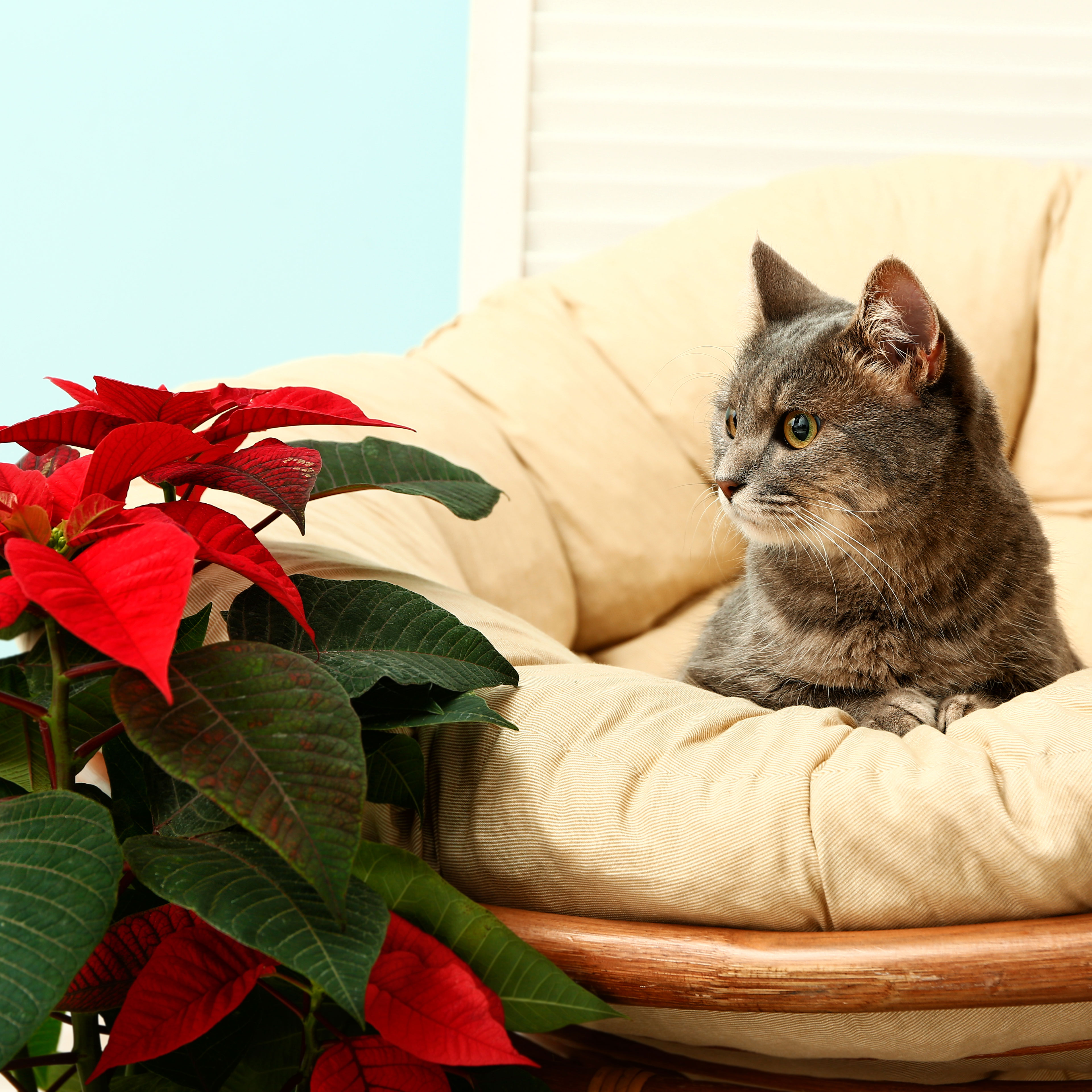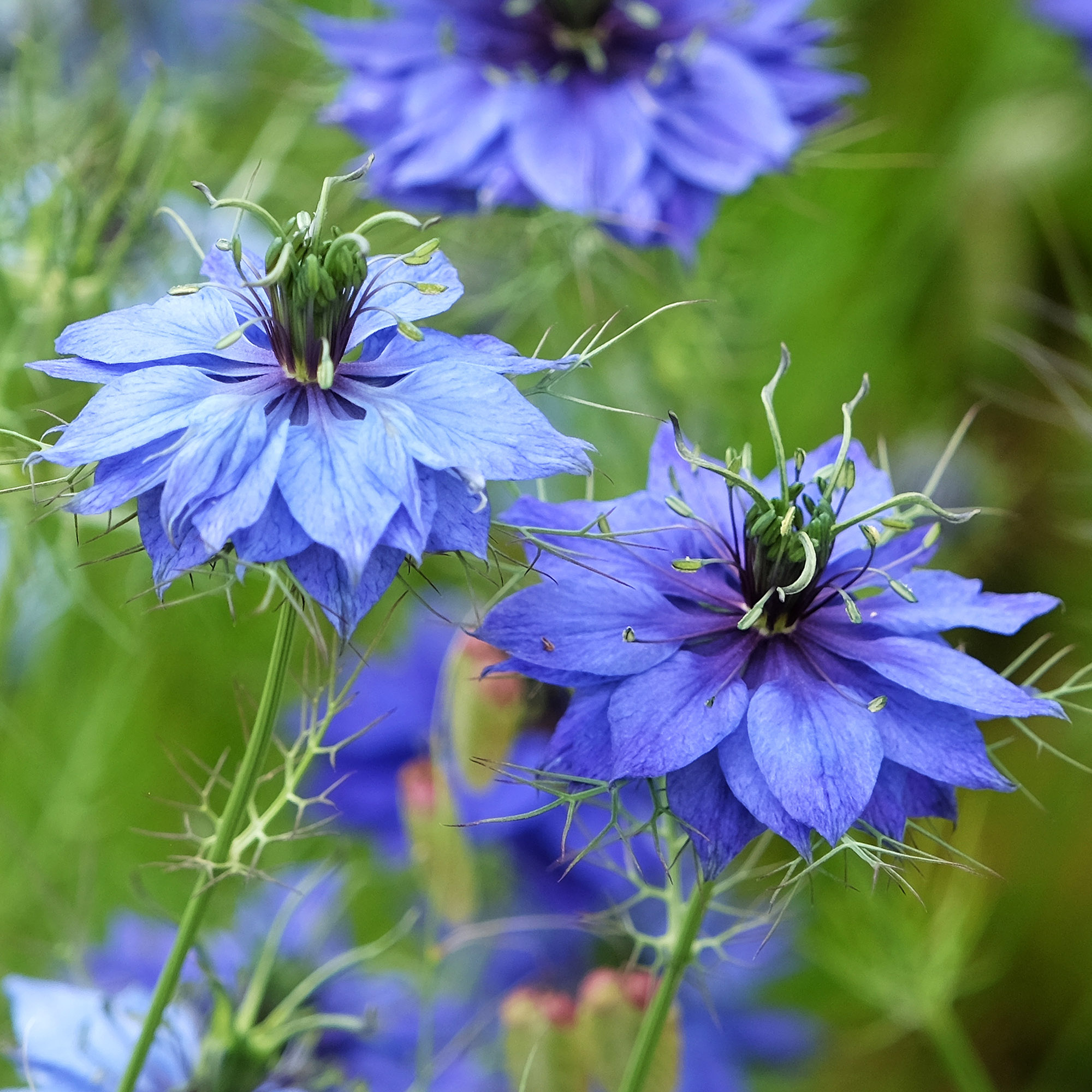Combined application of Bacillus amyloliquefaciens and sodium selenite promotes tea seedling growth and selenium uptake by regulating the rhizosphere bacterial community
Abstract
Bacillus amyloliquefaciens is a widely used plant growth-promoting rhizobacterium. To investigate its role and mechanisms in selenium (Se) biofortification in crops, a pot experiment with four treatments including no application of Se fertilizer and B. amyloliquefaciens (control), B. amyloliquefaciens application (BA), Se fertilizer application (Se), and combined B. amyloliquefaciens and Se fertilizer application (BA + Se) was conducted. The results showed that, BA + Se treatment significantly increased total biomass of tea seedling compared with control, BA and Se treatments. Additionally, compared with Se treatment, BA + Se treatment significantly increased the Se concentrations in root and leaf, and Se content in the whole tea seedling by 101.4%, 34.5%, and 149.5%, respectively; BA + Se treatment also significantly increased the soil exchangeable Se and total available Se concentrations. Compared with control, BA treatment upregulated the expression level of CsPHT1;2b; Se treatment upregulated the expression levels of CsSULTR1;1, CsSULTR1;2, CsPHT1;2a and CsPHT1;2b; BA + Se treatment upregulated the CsSULTR1;1 and CsPHT1;2a expression levels in tea seedling roots. The 16S rRNA indicated that BA and Se treatments had no effects on the diversity of rhizosphere bacterial community, but altered bacterial community composition. Soil pH was the most important environmental factor affecting rhizosphere bacterial community composition. BA + Se treatment significantly increased soil pH and the complexity of rhizosphere bacterial symbiotic network, compared with other three treatments. Furthermore, comparative analysis about rhizosphere soil properties and bacterial community composition and function between Se and BA + Se treatments, suggested that BA + Se treatment promoted soil Se availability by recruiting g_Sinomonas species and regulating the abundance of Se reductase in the rhizosphere.


